


woelf
gamer level 6
8097 xp
8097 xp
followers
9
9
Use my invite URL to register (this will give me kudos)
https://boardgaming.com/register/?invited_by=woelf
profile badges




recent achievements

Explorer - Level 3
Earn Explorer XP to level up by completing Explorer Quests!
Earn Explorer XP to level up by completing Explorer Quests!

Amateur Advisor
Submit 5 game tips, strategies, or house rules and receive a total of 60 positive ratings.
Submit 5 game tips, strategies, or house rules and receive a total of 60 positive ratings.

Petroglyph
Explore select games by completing a series of exploration actions. learn more »
Explore select games by completing a series of exploration actions. learn more »

Cooperative Game Explorer
Explore 10 games in the Cooperative Games Collection. view the collection >
Explore 10 games in the Cooperative Games Collection. view the collection >
Player Stats
Critic (lvl 2)
575 xp
575 xp
Explorer (lvl 3)
785 xp
785 xp
Professor (lvl 3)
702 xp
702 xp
Reporter (lvl 1)
124 xp
124 xp
About Me
I'm usually happy to play just about anything, from a hardcore Euro cube-pusher, to an Ameritrash dicefest, to a "family classic" and anything else in between. Even party games can be a lot of fun with the right group. My favorites tend to lean more toward the strategy side while still retaining some elements of luck (75/25 to 90/10 is a pretty good range, and I've been using RoboRally as the benchmark for several years). If there's too much luck strategy becomes irrelevant and you can just play on autopilot, but a zero luck, pure strategy game can become just as uninteresting if they have too strong a tendency to become "scripted", or worse yet, player skill becomes such an overriding factor that you pretty much know who is going to win before you even start.
______________________________
Finally got a nice COLOR kitty avatar! It's not an orange cat, but close enough. Now the website grinding can end.






















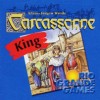
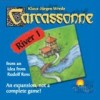
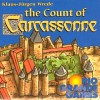
















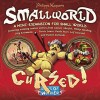
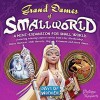







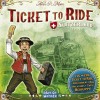





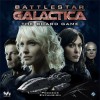
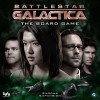












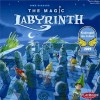
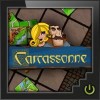


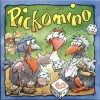
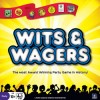












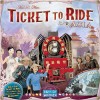

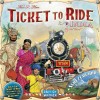






Confusion: Espionage and Deception in the Cold War
Richard Abbot’s Confusion was a relatively obscure abstract game first published in 1992, but thanks to the excellent 2011 reprint by Stronghold Games it has now burst back onto the scene where it can shine once and for all.
Confusion borrows elements from a number of other well-known abstract games like Chess and Stratego, but also adds in a very clever deduction aspect that makes it a game that plays like no other.
The basic goal of the game is to move your pieces to pick up the briefcase in the center of the board and then carry it past your opponent’s pieces and into their first row. If you move to a space occupied by an opposing piece you capture it and remove it from the board (similar to Chess), but the tricky part to the game is that at the start you have no idea how any of your pieces can move, and that’s where the deduction comes in. Each piece has a randomly selected insert that indicates how it can move in some combination of forward, backward, side-to-side, and diagonal, and from 1 to 4 spaces. Every combination is unique, and they’re placed on the board so that only your opponent can see the markings. Your job is to figure out how each piece moves, and you do that each turn by selecting a piece and asking your opponent if it can make a specific movement, to which they give a “yes” or “no” answer. If it was a “yes” you make that move with the piece, but if it’s a no you leave it where it was. In either case, you’ve learned important information that will help you narrow down the identity of the piece, which in turn will allow you to make a run for the briefcase and ultimately win the game.
Further complicating matters is the double agent, a piece that shows a question mark (?) instead of a specific movement type. When you attempt to move that piece your opponent is free to tell you whatever they want, even if it contradicts a movement they allowed it to make earlier in the game.
As clever and thought-provoking as the gameplay can be, the components in this edition are even better. Stronghold went all-out, and made all of the pieces and their inserts from a hard plastic (similar to bakelite). They’ve got a really nice weight to them, and look fantastic. The board is made of high-quality material with great artwork, and even the player boards (used to track all of the movement information) are exceptionally well done (they’re almost like having extra gameboards in the box). Some dry-erase markers are included so you don’t have to burn through paper tablets every time you play, and as an added touch there are six extra round cardboard tokens that are included for use with one of several variants listed in the rulebook.
Like most abstract games I could see the replay value of this game eventually going down as certain strategies or play styles become dominant, but because of the random arrangement of the pieces and the numerous variant rules included, it should be a very long time before anyone reaches that point. The only other real downside to the game is that it only works with two players so it may not be suitable for a game night with a lot of people present other than as a way for a few players to pass the time while another game finishes up, but it’s perfect for couples enjoying an evening together or even those times when it’s just you and one other person, where all of those games that need three or more players simply aren’t an option.